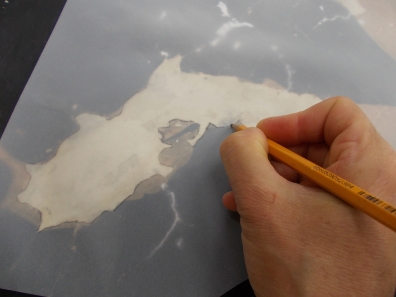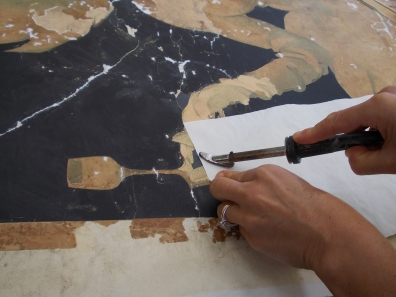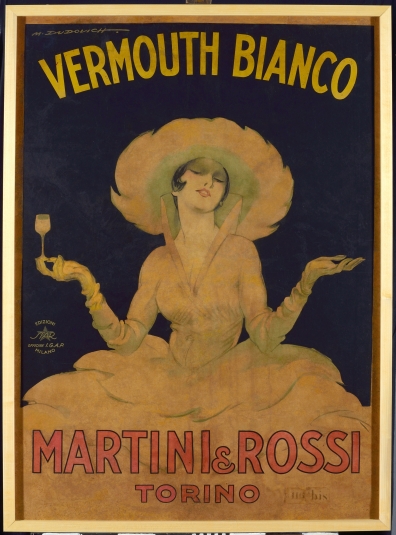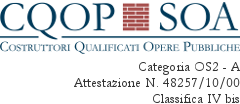The restoration of the White Lady
The recovery of Marcello Dudovich's manifesto
Among the works in paper restored by the laboratory over the decades, the case of the poster "White Vermouth" is one of the best examples of conservative recovery of an asset in severe conditions.
Before the restoration, the manifesto, which had been glued on sackcloth support and evidently folded, showed deep folds and wrinkles, loss of numerous fragments, moisture canals, marks and residues of tape and old glues applied to in order to close holes and stripping. It was necessary to operate in an extremely gentle way to remove the adhesive tape and to remove the solvent marks, operating by extraction through the absorbent paper. After protecting the surface by applying Japanese paper, the sackcloth canvas was gradually unglued and the back cleaned of adhesive residues.
The complicated conditions of the manifesto required a precise intervention to stop the tears from the back, suture with Japanese paper fibres, reintegration with inlay grafting of the missing parts and full lining of the back.
For the grafts, it was used a 1: 1 photographic reproduction of the manifesto, laser-printed on Japanese paper in a lighter tone. The various fragments were taken from the reproduction and inserted inlay into the gaps which were finally adjusted to the original tone with pastels and watercolours.
The restored work was finally protected with a Plexiglas slab fitted with an anti-UV filter and inserted into a frame with an F-shaped section, to keep the protective plate spaced from the surface.
Menu
Certifications
Contacts
E-mail:Telephone: +39 0141.90.91.25
Address: Via Mazzini 8, 14020 Aramengo


















